Manage my passport? What's to manage, you may be thinking. Well, nowadays there are lots of…
November 6 Travel News Review…
Well… no question this has been an interesting week, to say the least. If you’re like me, you’ve probably been distracted by all the political noise and you’re ready for this week’s Travel News Review.
Where Can I Go?
In past posts, I’ve listed countries that are open for travel, but I’ve come across three great resources that you can use yourself and they are constantly being updated.
The first is the International Air Transport Association (IATA) interactive Covid-19 Travel Regulations Map. Click on the country that you’re interested in visiting and the current regulations will appear in a pop-up screen. Some of the information is a bit cryptic, so you may need to do additional research regarding testing but at least you will know what countries are at least possible.
The second is from United Airlines. Their See What’s Open for Travel map also allows you to just click on a potential destination to see what restrictions apply. The screenshot above of Albania is taken from the United map. For both of these maps, the date of last update and review are included, so if the review date is not fairly recent you might want to dig a bit deeper.
The third is the Covid Controls map developed by a group at MIT. This one is a bit unique in that it also incorporates the latest Covid-19 stats from Johns Hopkins University. Do you really want to take advantage of a super low fare if the country you’re going to is having a huge increase in cases? That information is available on this map.
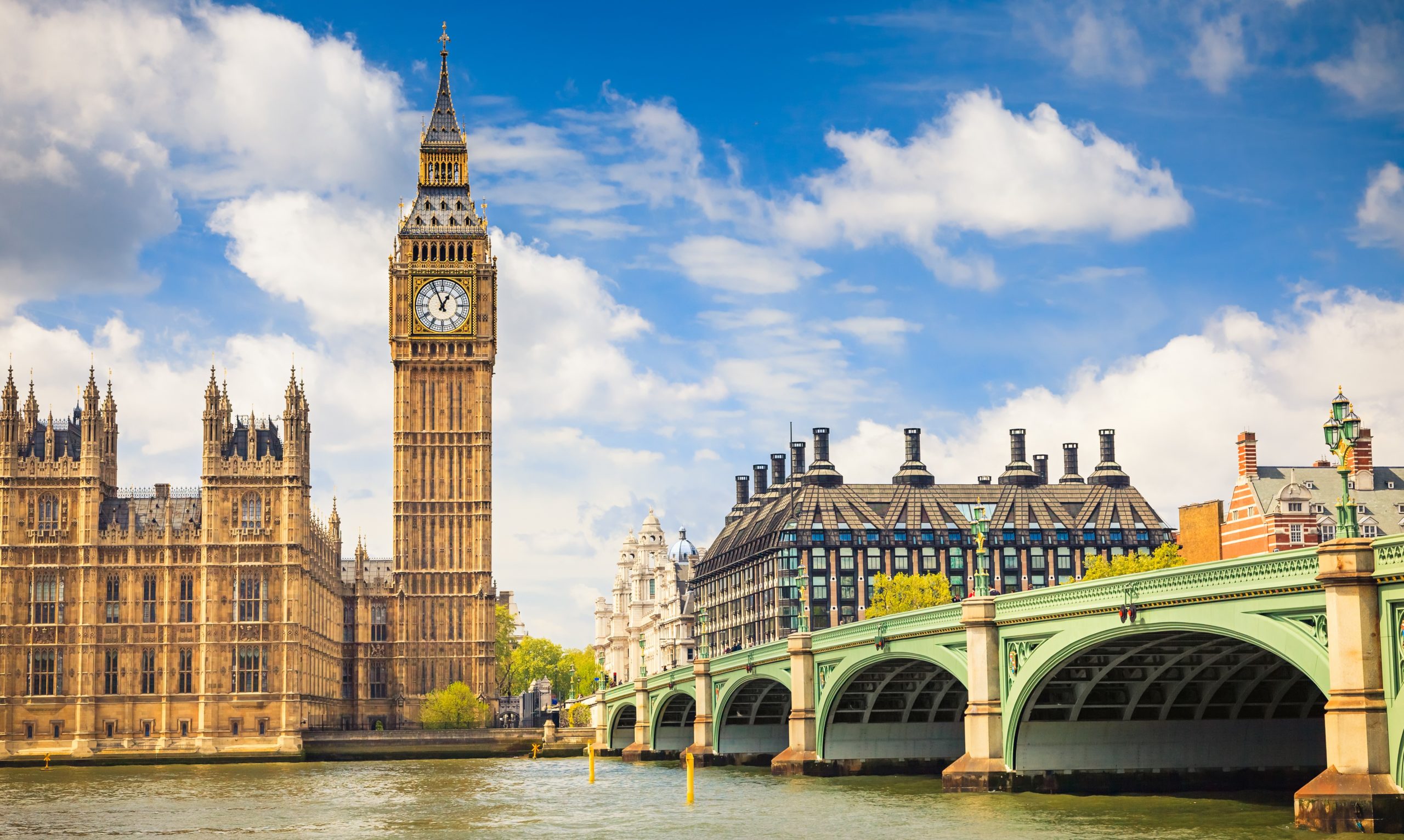
More European Travel Bans
I reported last week on the lockdowns instituted by France and Germany, but recent spikes in Covid cases have caused the United Kingdom and Belgium to follow suit. In Belgium, nonessential shops and businesses will be closed through December 13. The government is encouraging work from home arrangements and public gatherings of more than four people are banned.
Prime Minister Boris Johnson announced that England’s restrictions will be in place for one month, through December 2. Take out will still be allowed from restaurants and bars (yes, bars) but all other nonessential retail businesses must shut down. For travelers, the big impact is that both countries are closed until sometime in December; although I can’t imagine traveling to a country where I can’t even go to a restaurant.
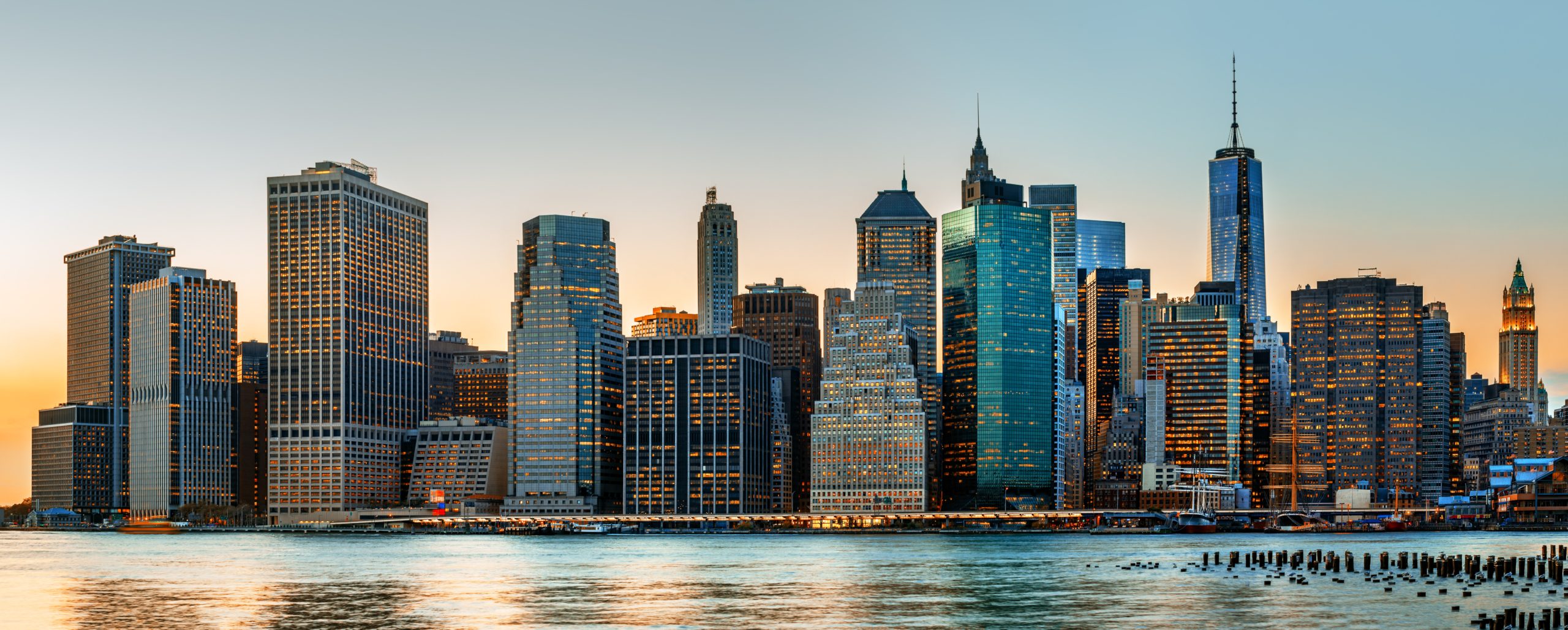
New York Quarantine Changes
The State of New York has pivoted from the mandatory 14-day quarantine that began in June and will now allow the option to, as Governor Cuomo said, “test out.” The previous policy was largely unenforceable since we don’t have border controls between states. Nonetheless, it severely dampened tourism to the Big Apple so it should hardly be surprising that they have adopted a new approach.
So, how does this work? According to the New York Covid-19 Travel Advisory, you must be tested during the three days prior to your arrival in New York. Once you arrive, you still must quarantine for at least three days. On day four, you need to be tested again.
Interestingly, if you’re traveling from Connecticut, Pennsylvania or New Jersey you don’t need to be tested. Huh? Apparently, folks from those three states can’t get Covid. You also don’t need to be tested on arrival if you left New York and return within 24 hours, but you will need to be tested four days after your return.
I get why New York is being cautious; they got slammed in the early days of Covid. However, these new rules are still largely unenforceable. If I really wanted to go to New York and wanted to avoid quarantine and testing, I’d just fly into one of the adjacent states and drive over.
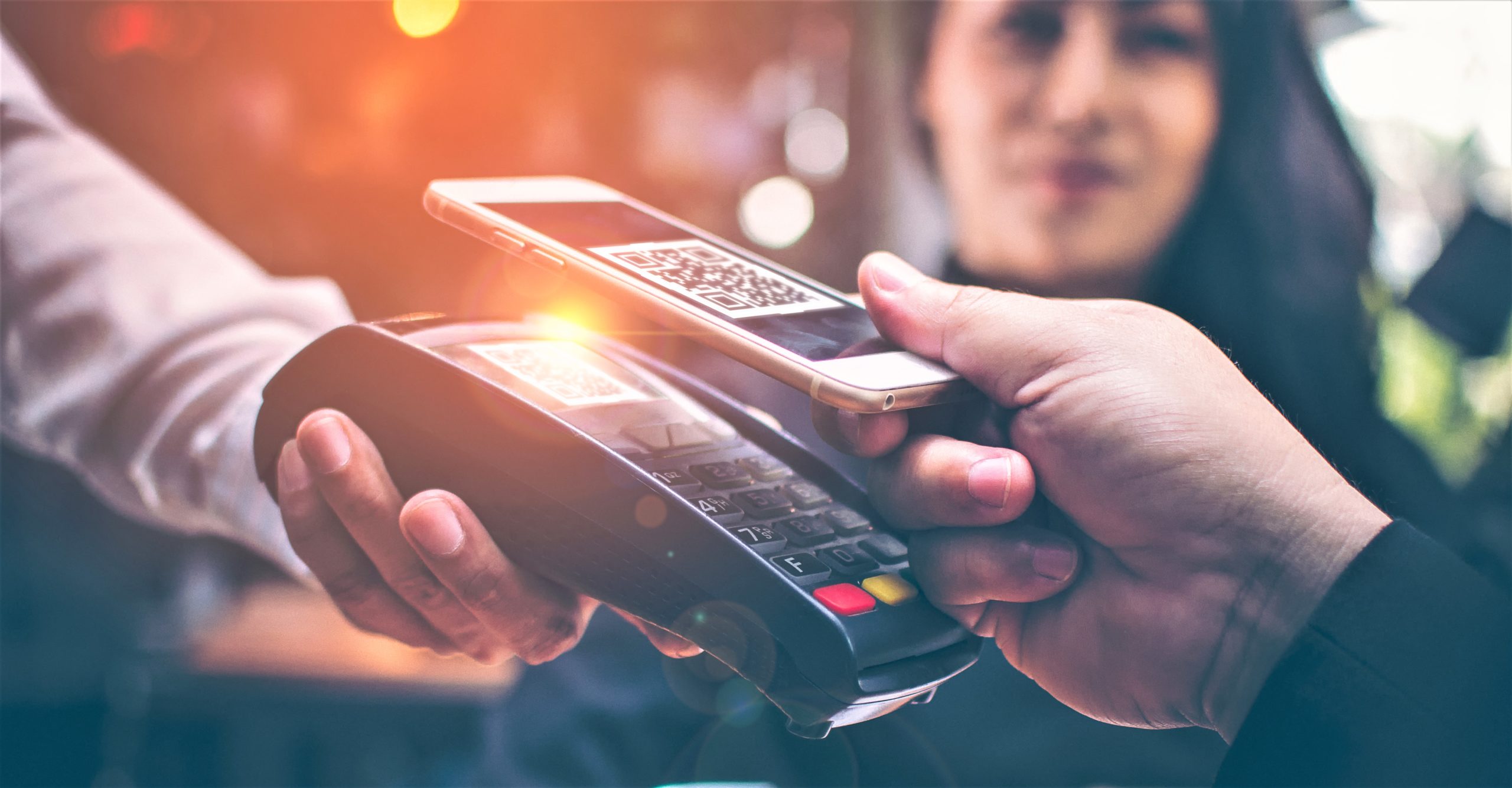
Miscellaneous Notes
Loyalty program fraud: It’s on the rise according to Akamai, a leading digital security company. In addition to breaking into accounts and stealing information like passwords, demographic info and credit card numbers, they are selling points and miles online. All of this is illegal but since it’s unlikely you could actually catch someone, the onus is on you to routinely update your logins and passwords.
“Criminals are not picky — anything that can be accessed can be used in some way,” said Steve Ragan, Akamai security researcher and author of the State of the Internet/Security report.
“This is why credential stuffing has become so popular over the past few years. These days, retail and loyalty profiles contain a smorgasbord of personal information, and in some cases financial information too. All of this data can be collected, sold, and traded or even compiled for extensive profiles that can later be used for crimes such as identity theft.”
The rise of the QR code in Travel: An interesting article on PhocusWire talks about how the plague has boosted travel business use of the Quick Response or QR code. If you’ve ever downloaded your boarding pass to your smartphone, it’s that funky-looking coded square that the gate agent scans. One of the big advantages of using QR codes is that it is standardized and already in near-universal use.
A primary benefit of QR codes is that they enable touchless capabilities for check-ins, getting baggage tags, club membership and payments. This is also a potential money-saver for all manner of businesses if they can avoid printing and distribution costs normally associated with retail operations.
I noticed this the first time Lisa and I went out for dinner after our local economy began to open up. The restaurant we went to had a QR code taped to the tabletop and we used our phones to review the menu rather than receive a physical one that could conceivably carry the virus.
Denver airport introduces VeriFLY app: Stapleton International Airport has a well-deserved reputation as being a difficult airport to fly out of, mainly because of their legendary horrific TSA lines. Travel Weekly covered the introduction of the VeriFLY app that allows travelers to make a reservation at a dedicated TSA line and a reserved, limited-capacity train car (no more than 12 passengers) to the concourse. Cool.
The new service is intended to gain the confidence of those who are wary of being in close proximity with other travelers who may or may not have taken proper precautions to contain the spread of Covid. Just download the app and you’re ready to go.
Hospitality job losses persist: With both business and tourism travel severely depressed, it’s no surprise that millions in the lodging, restaurant and leisure industries are still out of work. Tourism Economics research shows that while 11% of pre-pandemic employment is related to the leisure and hospitality industry, it accounts for 36% of all job losses.
To make matters worse, the American Hotel and Lodging Association predicts that 38,000 of the total 57,000 hotels in the U.S. could close in the coming few weeks if additional aid is not forthcoming from Congress. U.S. hotels have lost $46 billion since mid-February and project continued losses of $400 million per week.

Cruise Industry Still Scrambling
Following the most recent cruise industry guidelines issued by the Centers for Disease Control and Prevention (CDC), most major cruise lines suspended operations until at least January. Now the reason is becoming clear. The Conditional Sail Order has a long list of requirements, including the fact that each ship must individually meet the guidelines and apply for a certificate to sail in U.S. waters.
The CDC’s No Sail Order expired on October 31, but under the new CDC Framework for Conditional Sail Order, cruise lines need to submit all of the documentation needed to resume at least 60 days prior to commencement. That requirement makes it virtually impossible to return to the seas prior to mid-January.
The bad news for hardcore cruisers is that they will have to wait until January at the earliest to board their favorite cruise line. The good news for hardcore cruisers is that they are likely to be able to score great rates with lots of add-on amenities thrown in for free as the cruise lines actively work to get their customers back.
According to maritime newsletter gCaptain, the last eight months of cruise cancellations have resulted in losses of more than $25 billion and over 164,000 American jobs.
Related to the new CDC guidelines, the Viking Star is the first cruise ship to install an onboard PCR test lab so that passengers and crew can be tested using a saliva test and receive near-immediate results while underway. According to Viking, the lab is large enough that every passenger could plausibly be tested daily.
I reported last week that MSC Cruises had announced that the MSC Magnifica would begin sailing out of Genoa, Italy. This week they reversed course, so to speak, and announced that the MSC Grandiosa would extend their current sailings instead and temporarily put plans for the MSC Magnifica on hold.
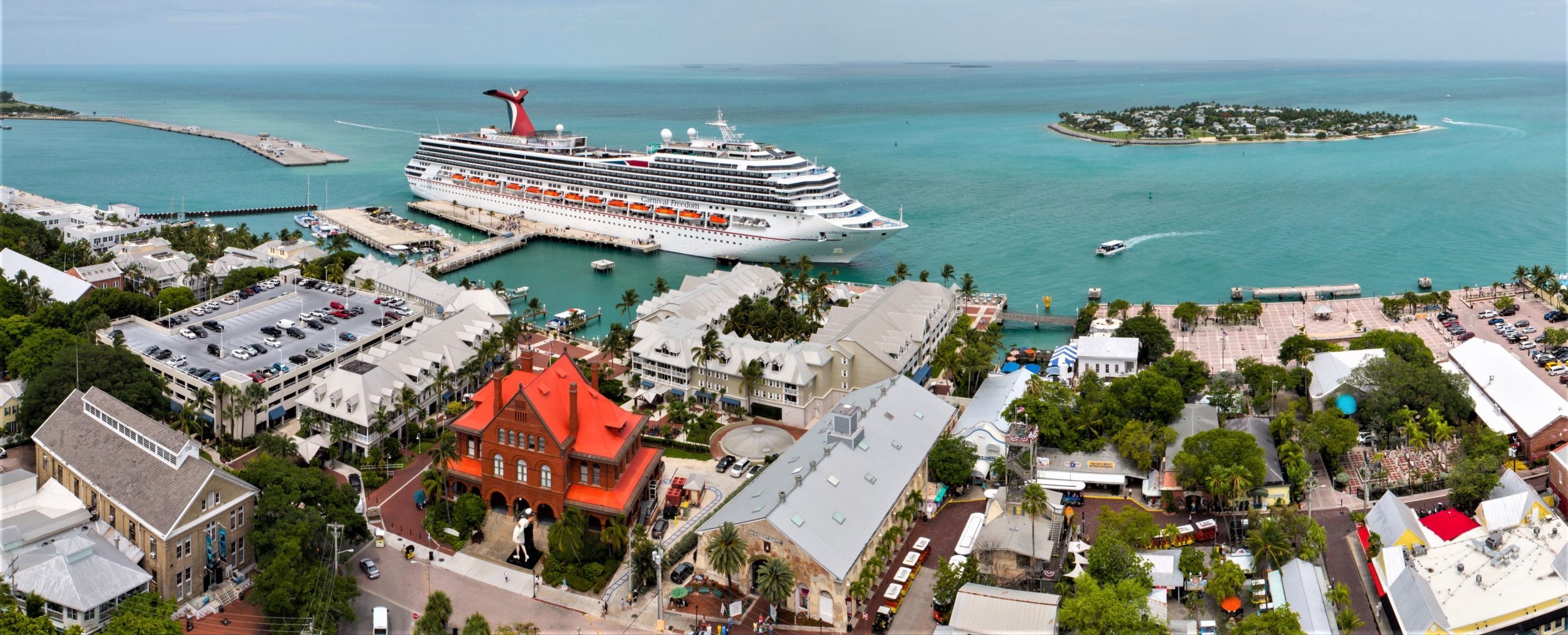
The final news on the cruise front comes from the ballot box in Key West, Florida. Three referendums were presented to Key West voters that would:
- Limit disembarking passengers to a total of 1,500 per day.
- Prohibit ships with 1,300 or more persons (passengers and crew) from disembarking any individuals within Key West.
- Give “preference and priority” to cruise ships that have the best environmental and health records.
All three referendums passed by 60% or more. Not surprisingly, the issue is being contested in the courts. Stay tuned. The Key West Chamber of Commerce estimates that if the referendums stand, cruise ship port calls will drop from 417 per year to about 22 and the city will lose tens of millions of dollars in cruise ship revenue.
Having lived in Key West when cruise ships were actively being courted, I can tell you that it had a huge, deleterious effect on the community. The lower end of Duval Street changed for the worse as it catered more and more to the temporary visitors. When Victoria’s Secret opened their store, it was time for me to leave. Key West was becoming more and more like every other cruise port in the Caribbean.
Read related: Cruising Continues to Take A Hit
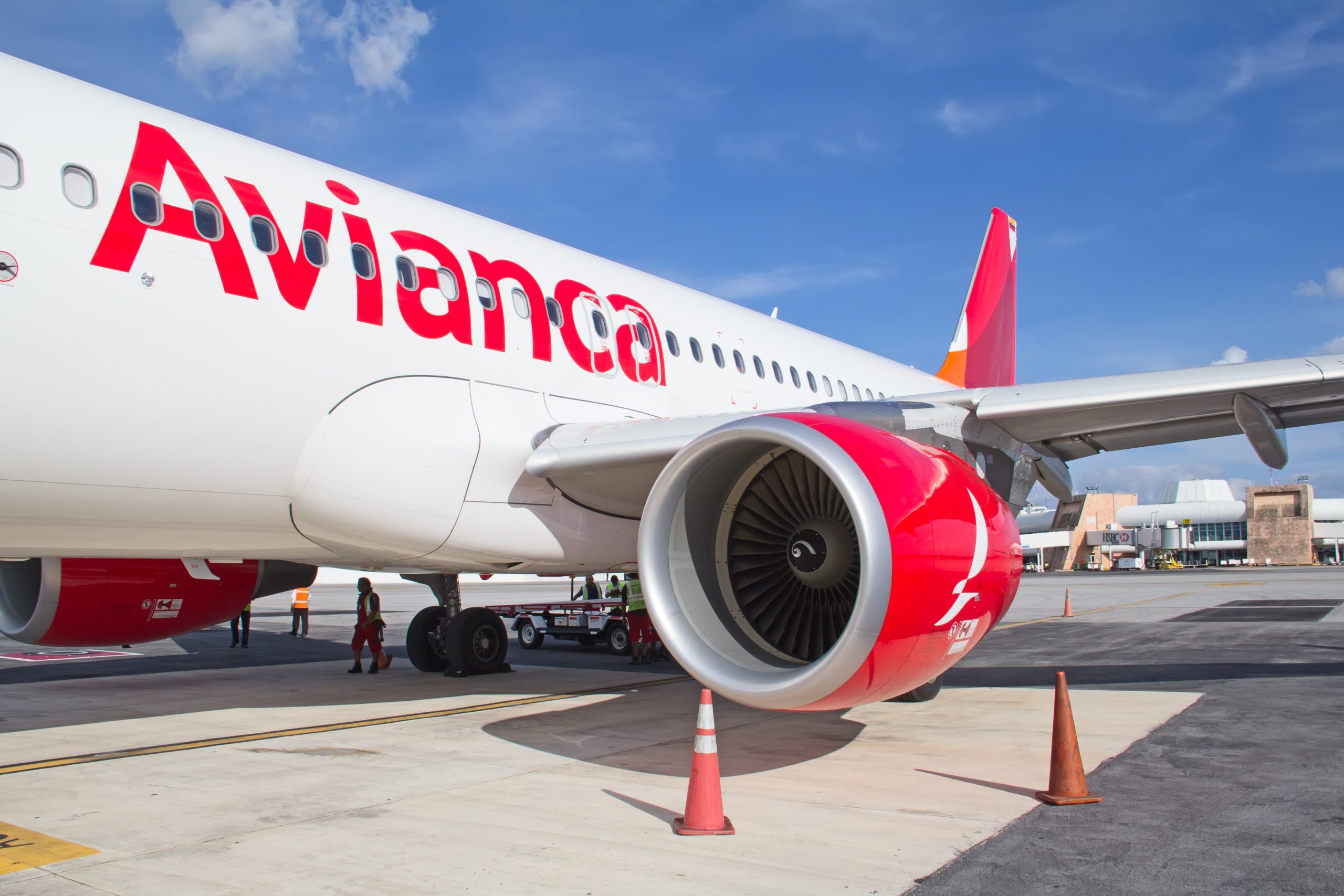
Airline News
Bloomberg reports that eight airlines are at serious risk of going under. As a practical matter, even if all eight bite the dust it would have little impact on most of us. The eight airlines are: Pakistan International, Precision Air (Tanzania), Azul (Brazil), Medview Airlines (Nigeria), AirAsia Indonesia, Thai Airways, Grupo Aeromexico and Gol Linhas (Brazil). OK, let me take that comment about “little impact” back.
Thai Airways is the national airline of Thailand, a major player in Southeast Asia and a member of the Star Alliance. Aeromexico is hands down the primary airline in Mexico and a SkyTeam member. Gol is a low-cost airline in Brazil and accounts for nearly 40% of the domestic market. When American Airlines lost the bid to partner with LATAM to Delta, they turned to Gol and announced a codeshare agreement in February.
Read related: 40 Airlines Down the Tubes
American Airlines is expanding preflight testing. Beginning this month, AA is expanding its Hawaii travel testing and adding destinations in the Caribbean. Customers traveling to Hawaii through Chicago O’Hare, LAX and Phoenix are now able to receive testing via American. Countries being added to the program include Belize, Grenada and St. Lucia. All of the tests are conducted by LetsGetChecked at a cost of $129.
Columbia based Avianca Airlines has partnered with the iKé Asistencia travel protection division to offer Covid travel insurance. The insurance covers luggage delay, loss of flight, legal assistance, trip cancellation and, most importantly, medical assistance, hospitalization, medications, a virtual doctor and specific COVID-19 Protection.

As an avid traveler, Brian has explored and enjoyed cultural encounters in over 40 countries while spending many years refining The Points Game — using credit card sign-up bonuses and other tricks to get nearly free travel. Getting the most out of every trip is an art and Brian launched My Travel Traxx to help others enjoy the art of travel.

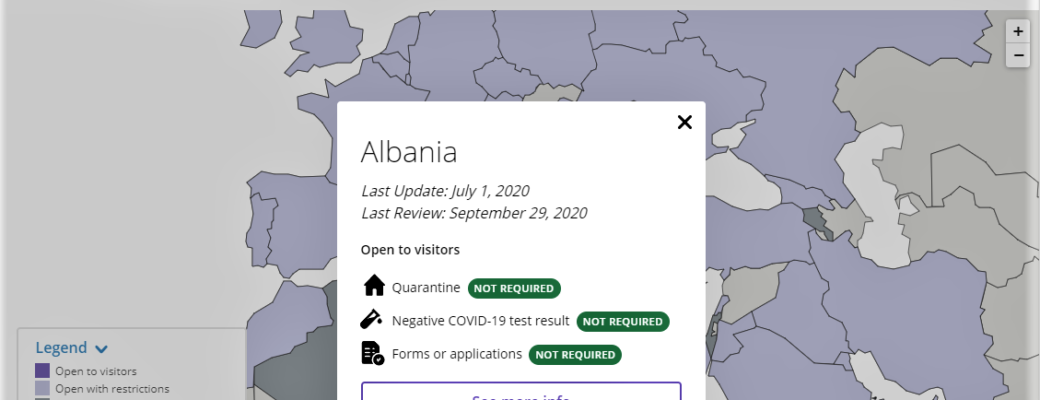
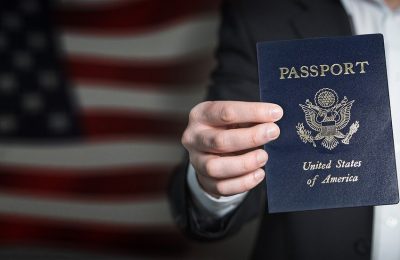
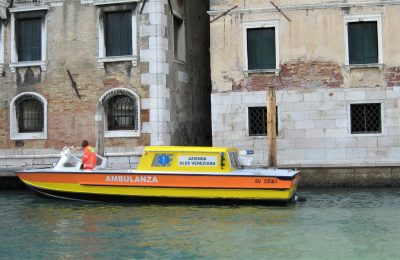
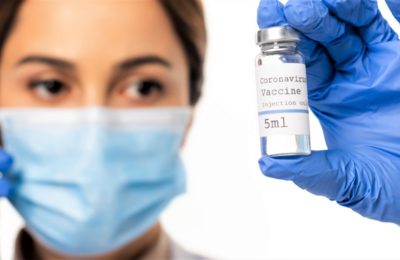
Comments (0)